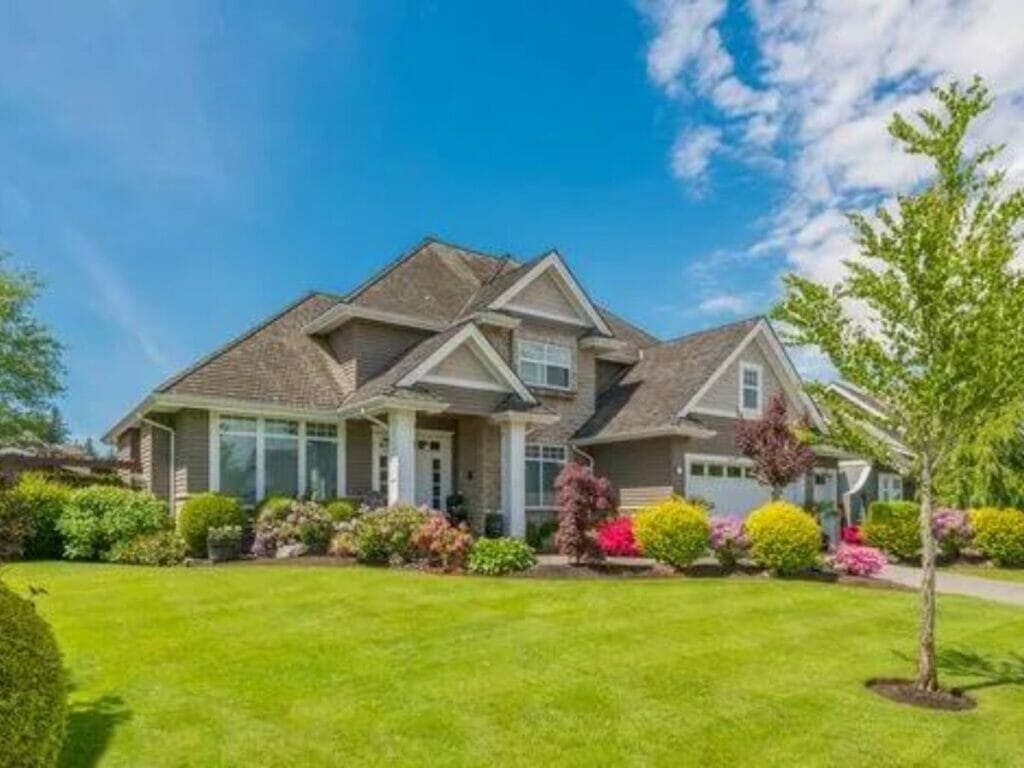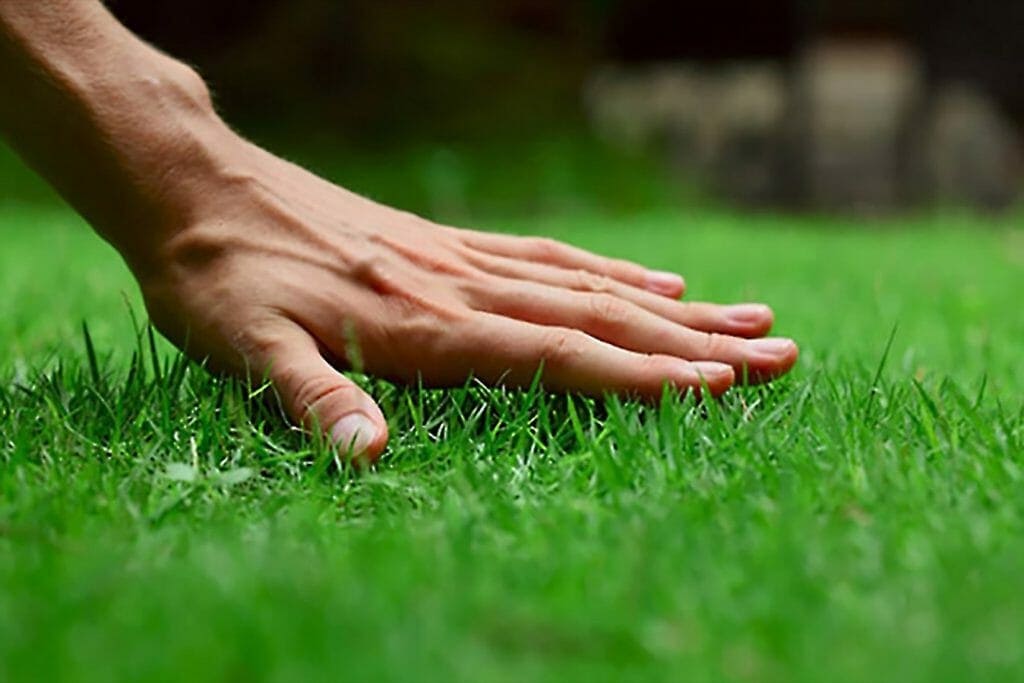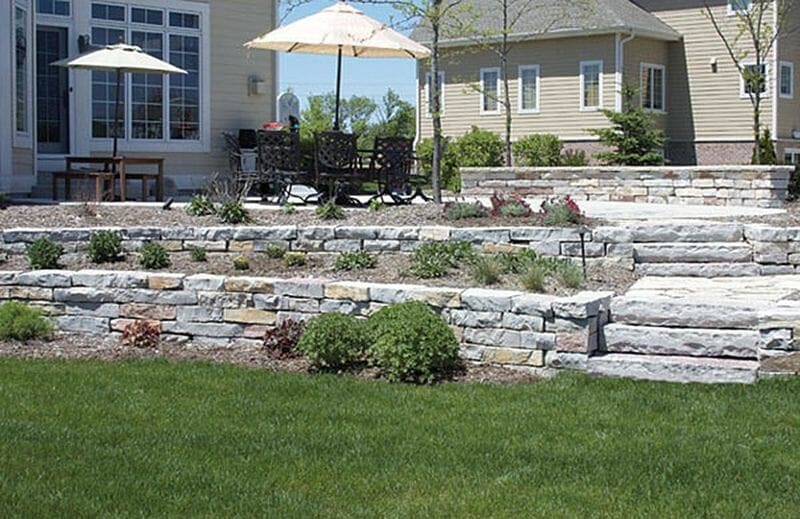Before beginning landscaping, it’s important to understand what it is and what it can accomplish. This article will help you understand the various types of landscapes, and the benefits each one offers. You’ll also learn about some precautionary steps to take before moving forward. What is your ultimate goal with your landscaping?
What Is Landscaping?
Landscaping is the process of changing the visual features of land. It is a great way to improve the appearance of a property. It can also be used to increase its value. A landscaper can use different techniques to create beautiful, functional landscapes. It is important to understand the basics of landscaping to create a successful design.
Landscaping is a process that transforms a landscape by using natural and artificial elements. It can improve the appearance of a property by releasing oxygen and reducing soil degradation. Landscaping services usually consider the climate of the neighborhood to determine what plants and trees will look good. They may also take into account the shape of the land to create a more pleasing look.
Landscaping is a science and an art. A landscaper is skilled at choosing plants, and they know which ones will thrive in your area. They also know which ones will complement your home’s outdoor space. In addition to plants, landscapers often design outdoor structures and incorporate furniture and color schemes into the design.
The Benefits of Landscaping
Investing in a landscape design can improve the look of your home and increase its value. In addition to beautifying your outdoor space, a landscape can reduce heating and cooling costs, and provide health benefits. When selling your home, a well-designed landscape can create an impression on potential buyers and increase its value. A well-landscaped yard can increase the sale price of a home by as much as $50,000 or more.
A professionally-designed landscape can help reduce sediment and erosion caused by rainwater. By creating an environment with adequate trees and shrubs, a ten-percent increase in tree cover can reduce erosion by as much as 4%. A good landscape also takes into account the needs of existing creatures in the yard. Creating a natural habitat can encourage people to spend more time outdoors.
Choosing a landscaping design that highlights the unique features of your land can also have a positive impact on your environment. By choosing plants that are native to your region, you can create a more interesting outdoor space and help local wildlife. You can even incorporate native plants into your landscaping design, which can help with maintenance costs.

What Is Your Goal with Landscaping?
If you’re a landscape photographer, the first question you need to ask yourself is, “What is my goal with landscapes?” There are probably several different goals for your photography, so you’ll want to prioritize them. Prioritizing these goals will help you identify areas of conflict between your goals and the way you shoot landscapes. Ideally, your goals will naturally support each other.
Your goal for your landscapes should be as specific as possible. Consider the features you’d like, where you’d like to place them, and what kind of time of year you want to use them. For example, if you’d like a space where you can grow fresh vegetables, you might want a vegetable garden. Or perhaps you’d like to have flat green space for sports. Identifying your goal before selecting plants is essential to achieving your desired results.
While your goals should be specific, you should also consider whether they’re attainable. Think about the obstacles that may come up along the way, and adjust as necessary. If you’d like to earn $100K within one year, for example, that goal might not be attainable. But if you’d like to increase your profit by ten percent in one year, that’s an achievable goal.
The Landscaping Styles Available
There are a number of different styles of landscape design. Some are more natural and require less water than others. Xeriscape, for example, is a landscaping style that uses permeable mulch and gravel. It often features native plants and climate-adapted flowers. In addition to being low-maintenance, xeriscape yards are also great for the environment. Xeriscape is a great choice for those who want to reduce the amount of water they use on their yard. Aside from being low-maintenance, xerscaping is also a relatively neutral style that is not dominated by color.
If you want your home to look more traditional, you can opt for formal landscaping. This type of landscape design includes trimmed lawns, neat hedges, and shapely white flowers. Traditional landscaping styles also emphasize structure and geometry. Traditional styles often include brick walkways, pea gravel, or bluestone pavers.
If you want something more tropical, you can add tropical touches to your landscape design. You can add hammocks to sway in the wind, a waterfall, and bamboo accents. Other options include a fire pit and bright outdoor furniture. In less tropical climates, however, tropical touches are not necessary. Instead, you can opt for a low-maintenance option such as woodland landscaping, which features forest trees, shrubs, and florals.
Call the Landscaping Experts in Your Area Today
A well-maintained landscape can improve the security of your home. Properly installed lighting will deter thieves, and carefully maintained trees will minimize storm damage and protect your property from pests. Properly installed hardscape elements can also prevent tripping hazards. A well-maintained landscape goes beyond its appearance and can help you protect your home and family from all kinds of threats.
Choosing a landscaper that’s right for your home requires careful consideration. A landscape designer will know which flowers and plants thrive in your area, and which ones require a lot of sunlight. They’ll also know the materials to use, and can often direct you to a local supplier.
There are many different types of professionals in the landscape industry. Some specialize in different areas of the industry, such as soil science or planting and maintaining trees. Some work solely outside, while others spend most of their time indoors. Some are entry-level employees, while others are executives.
Conclusion
The visual landscape has a profound effect on our emotions. We experience positive and negative emotions in response to it. Similarly, landscape paintings with nature scenes induce more positive emotions. Although this effect isn’t always obvious, research has suggested that the aesthetic appeal of landscapes is not the only factor in their importance.
The prospect-refuge theory claims that aesthetic pleasure in a landscape derives from the experience of the observer in a favorable environment. This is because the environment’s capacity to provide prospect-refuge capacity is an immediate source of aesthetic satisfaction. The theory was originally proposed by David H. Smith, who was seeking a simple model of landscape preferences.
Across the globe, landscapes are undergoing rapid change. They are shifting under the influence of human and natural forces. The four main types of landscapes are undergoing major change.



